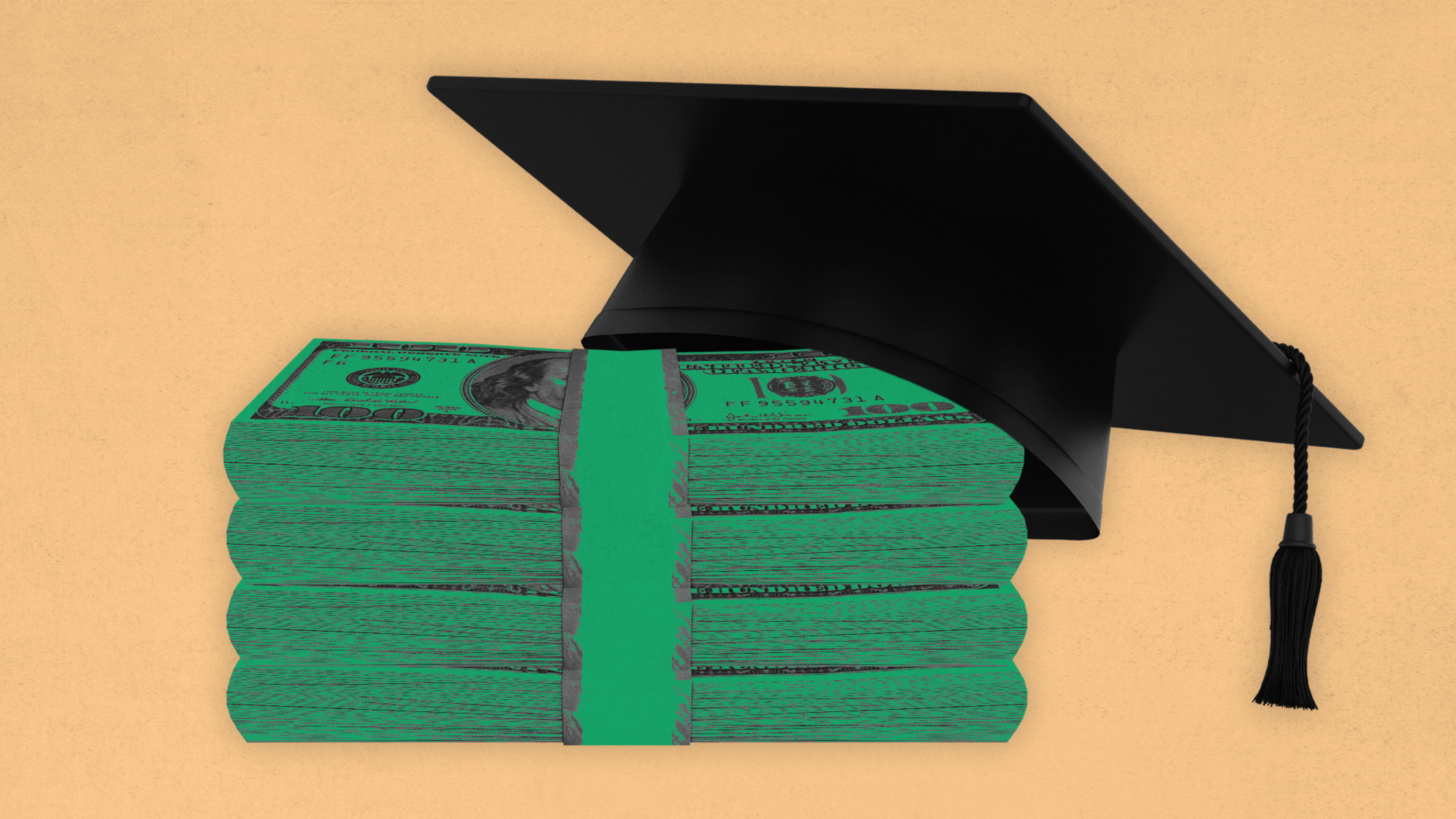Remember 2008, when subprime mortgages toppled the housing market and set off a disastrous, years-long Great Recession? It’s now 2021, and many economists are worried the nation’s burgeoning ledger of student loan debt—totaling $1.7 trillion at the end of last year—is the next bubble waiting to burst.
It’s just one of the urgent matters the Biden administration has fielded during the new president’s first months in office. On the campaign trail, then-candidate Biden proposed $10,000 in student loan forgiveness for all borrowers. Since his inauguration, members of Congress have called for more robust forgiveness plans, including up to $50,000 in debt cancellation pushed by senators Elizabeth Warren and Chuck Schumer, and 100% debt cancellation put forth by Senator Bernie Sanders.
But the question has lingered: What is the most fair, equitable, and affordable for all Americans? In a new report, the JPMorgan Chase Institute took a look at several possible forgiveness plans and who they really benefit. Here’s what it found:
- Universal student debt cancellation disproportionately benefits middle- and high-income families. That’s because high-earning households typically hold more debt, from more schooling and more degrees.
- That can be rebalanced with “aggressive” income-targeting plans. Examples include a fixed debt cancellation of $25,000 for people earning less than $75,000, with cancellation phasing out for people earning $100,000 or more.
- A universal debt cancellation of $10,000 costs roughly the same as a $25,000 phased-income plan. The universal plan erases 27% ($422 billion) from the national student debt, while the phased-income plan wipes out 28% ($446 billion).
- These plans won’t change racial disparities. While many see debt forgiveness as a way to close the race-wealth gap, both universal and income-targeted plans reduce the same proportion of debt across white, Black, and Hispanic groups, according to the report.
- There’s a “moral hazard” risk. According to the report, “If people believe debt could be forgiven in the future, they may change their behavior today, taking out more debt or repaying current debt more slowly. . . . However, a one-time cancellation based on already filed tax documents could lessen these problems, insofar as the government can convince the public the cancellation is a one-time action.”
- It’s a treatment, not a cure. Today’s stock of student debt has grown along with greater tuition fees and more enrollment among low-income families. If such underlying forces are ignored, tomorrow’s students will keep taking on insurmountable burdens of debt.
Recognize your company's culture of innovation by applying to this year's Best Workplaces for Innovators Awards before the extended deadline, April 12.
